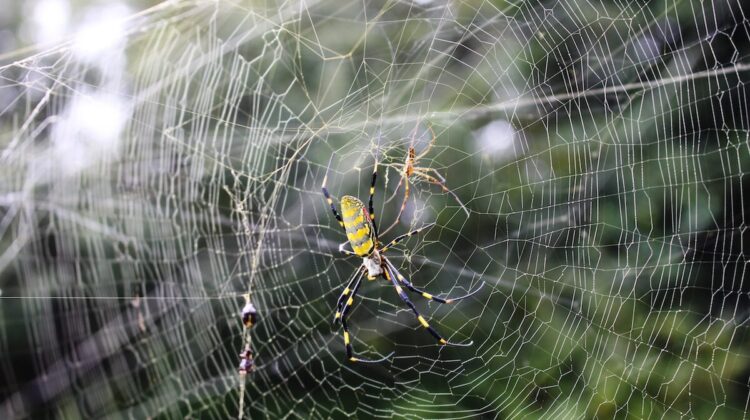
The invasion of the Northeastern United States continues with a new threat on the horizon: giant venomous spiders boasting legs spanning up to 4 inches, poised to parachute through the air. First, it was the spotted lanternflies, then the cicadas, and now, the arachnid invasion looms large.
New Jersey Pest Control raised the alarm earlier this year, issuing a warning about the impending arrival of Joro spiders. These spiders, particularly the females with their striking yellow and grey bodies, are expected to be conspicuous due to their significant leg span. Yet, what truly distinguishes them is their unique ability to take to the skies. Unlike most spiders, Joro spiders employ a technique called ballooning, where they release silk threads into the air, allowing wind currents to carry them.
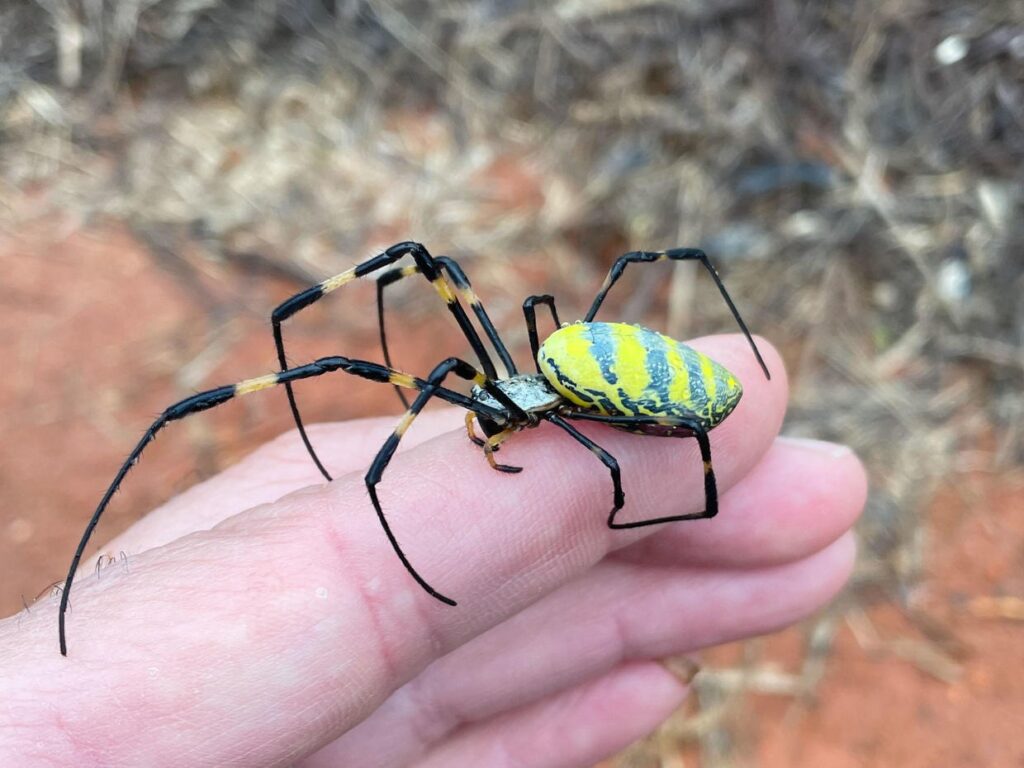
José R. Ramírez-Garofalo, an ecologist at Rutgers University’s Lockwood Lab and president of Protectors of Pine Oak Woods on Staten Island, emphasized that it’s not a question of if but when these spiders will reach New York and New Jersey.
A study led by invasive species expert David Coyle, published last October, affirmed that the Joro spider is not a passing phenomenon but a permanent fixture. Originating from Asia, these arachnids were introduced to north Georgia around 2010 and have been steadily expanding their territory since then. Despite warnings dating back to 2022 about their potential spread to New York, their presence has yet to be confirmed.
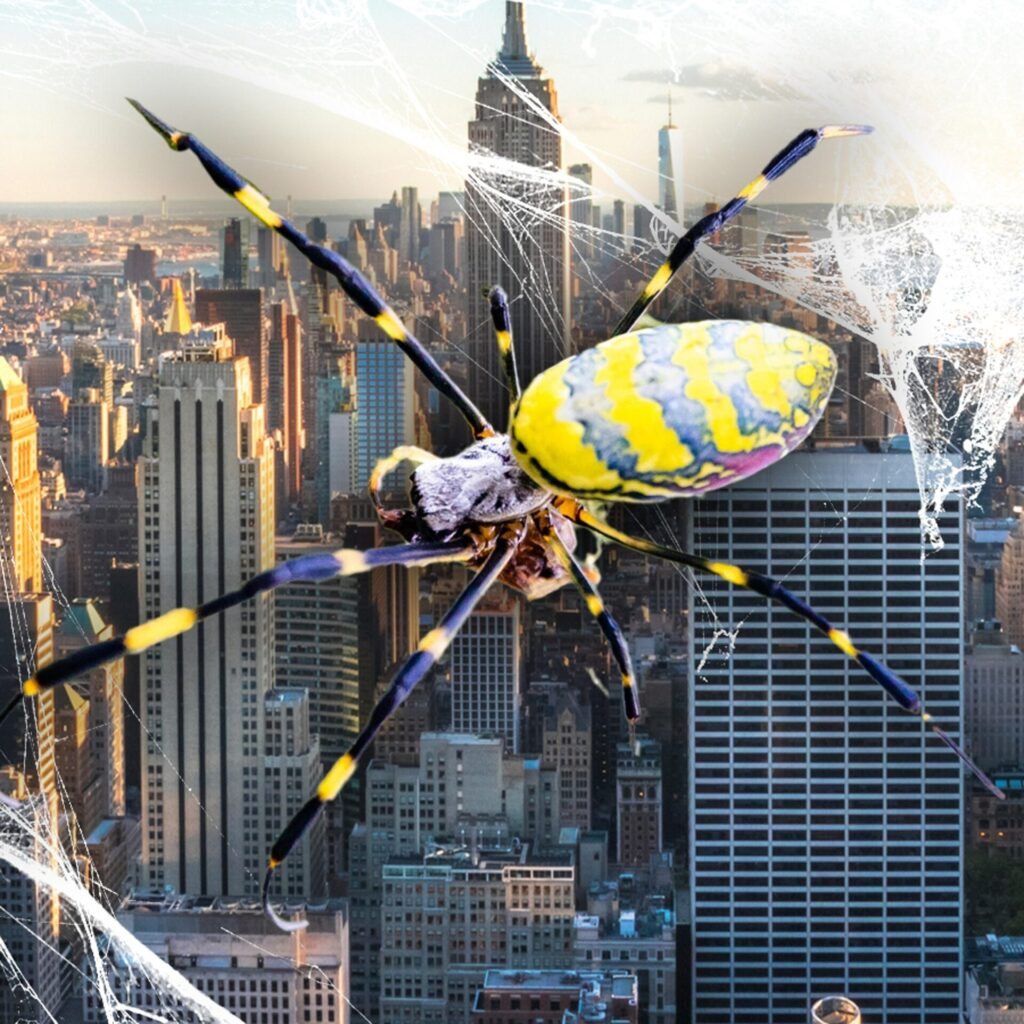
Coyle, speaking to CBS News, highlighted the unsettling nature of this invasion for those averse to creepy crawlies, noting that the data indicate the spider’s capacity to inhabit vast swathes of the eastern U.S. The comfort zone of these spiders in their native habitat aligns remarkably well with North America’s landscape.
Reports of Joro spiders sightings have emerged across numerous eastern states, including Florida, Alabama, Mississippi, the Carolinas, Tennessee, Kentucky, Virginia, West Virginia, Maryland, and Ohio. New York finds itself squarely within their favored habitat. Andy Davis, a researcher from the University of Georgia, anticipates their appearance in New York and neighboring states imminently, possibly as soon as this summer.
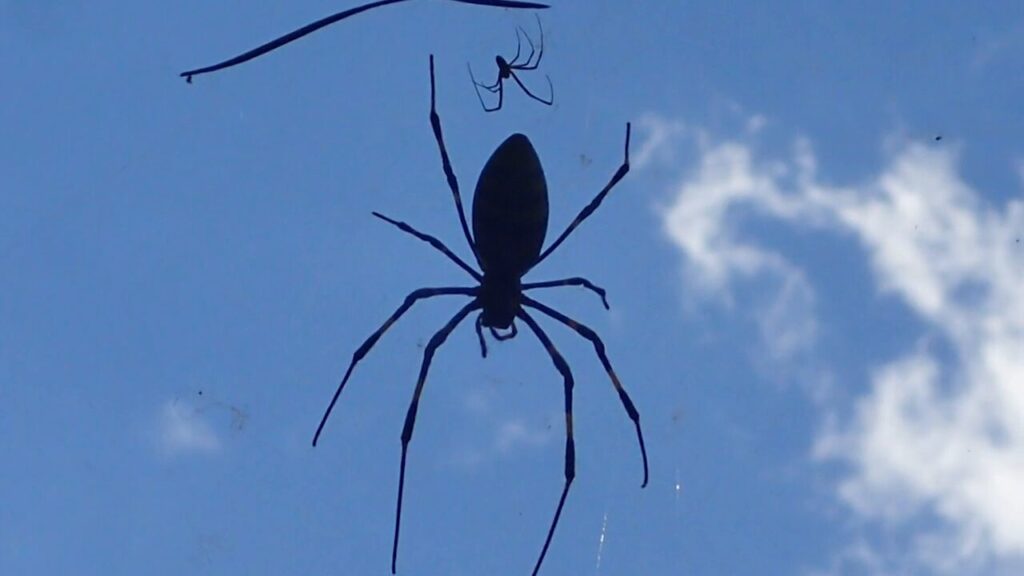
Remarkably, Joro spiders seem unfazed by urban environments. Davis recounted sightings on street lamps and telephone poles, locations typically avoided by conventional spiders.
While venomous, Coyle reassures that these spiders pose no direct threat to humans. Their venom is primarily geared towards ensnaring prey such as butterflies, wasps, and cockroaches, as well as potentially competing with native spider species. There is currently no evidence suggesting harm to humans or pets from Joro spider bites.
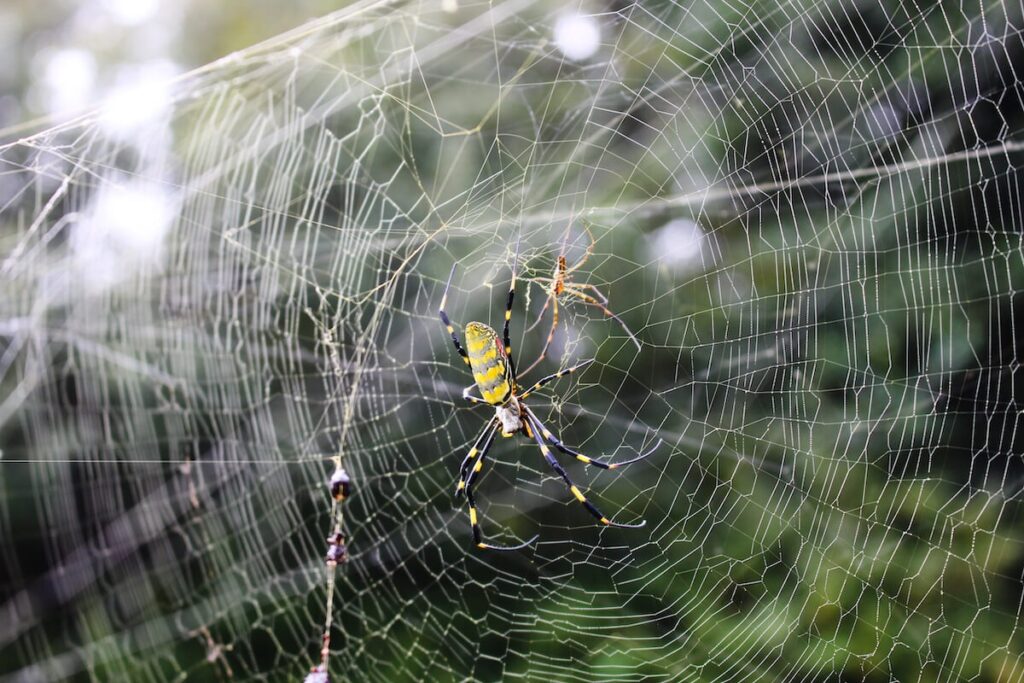
As the Northeast prepares for the arrival of yet another invasive species, vigilance and awareness remain paramount in managing and mitigating the impact of these arachnid interlopers.

Leave a Reply